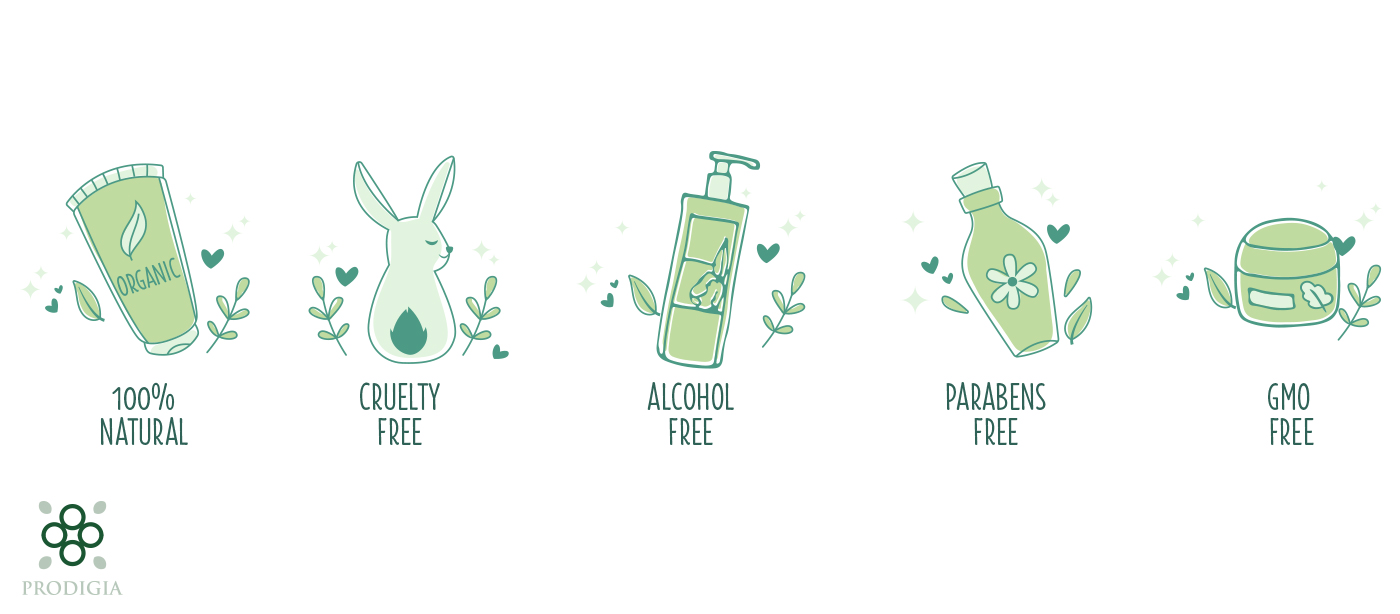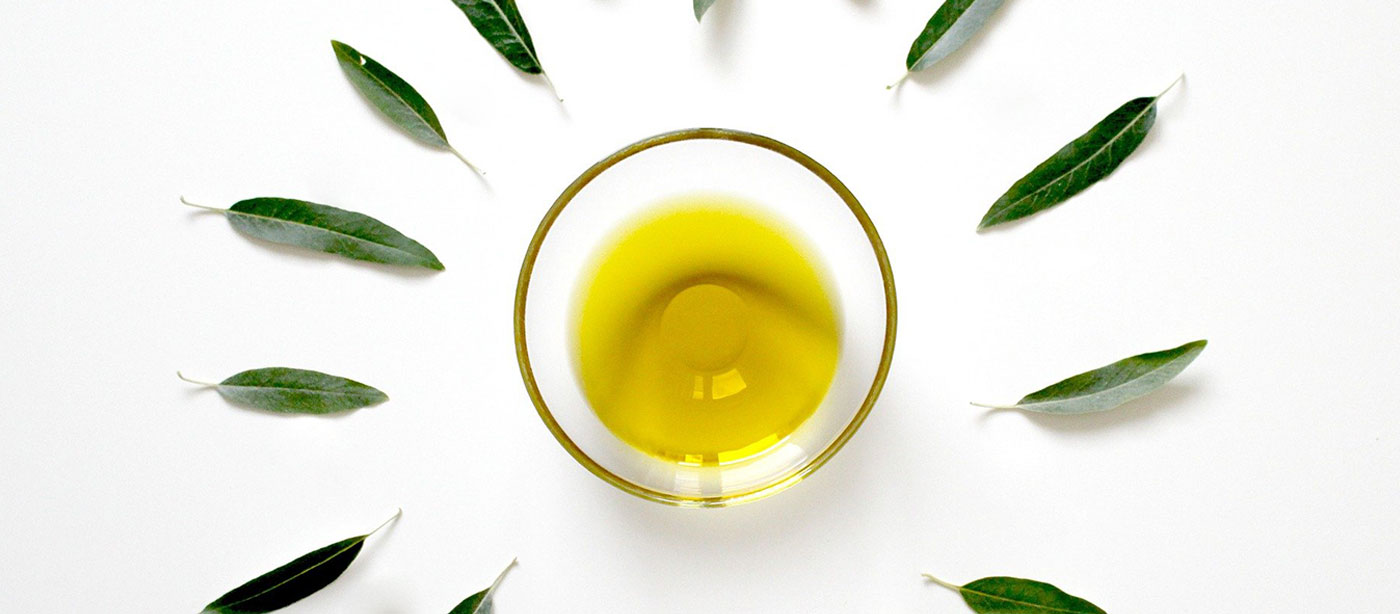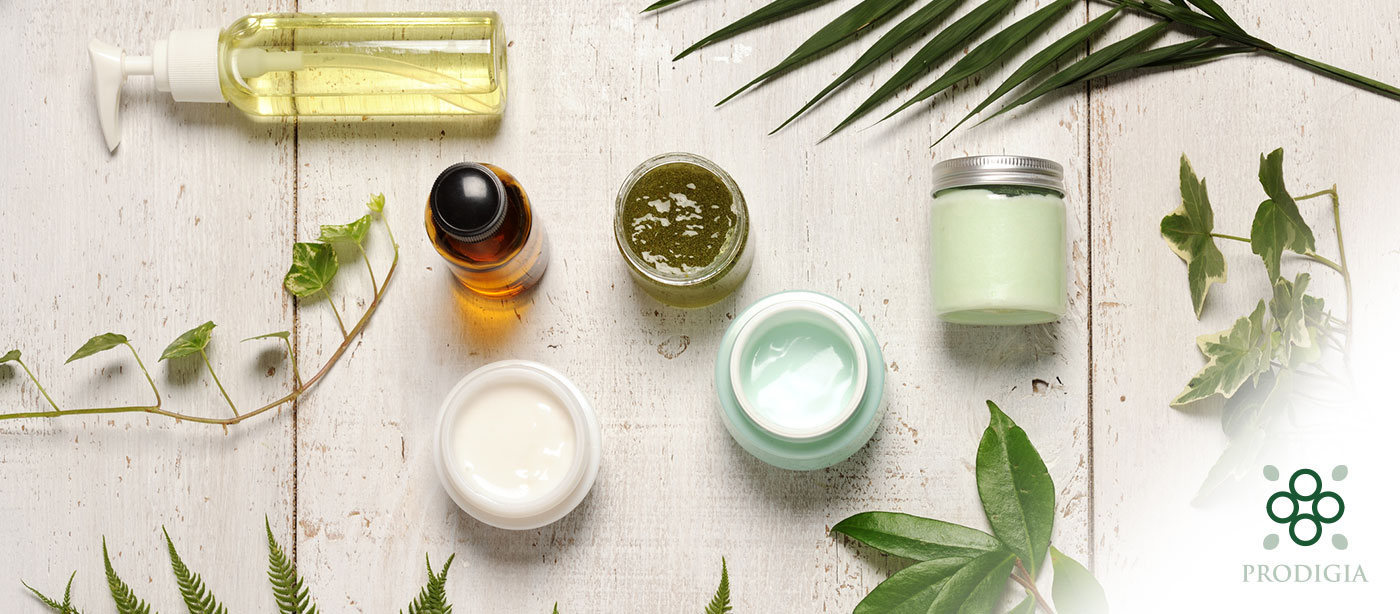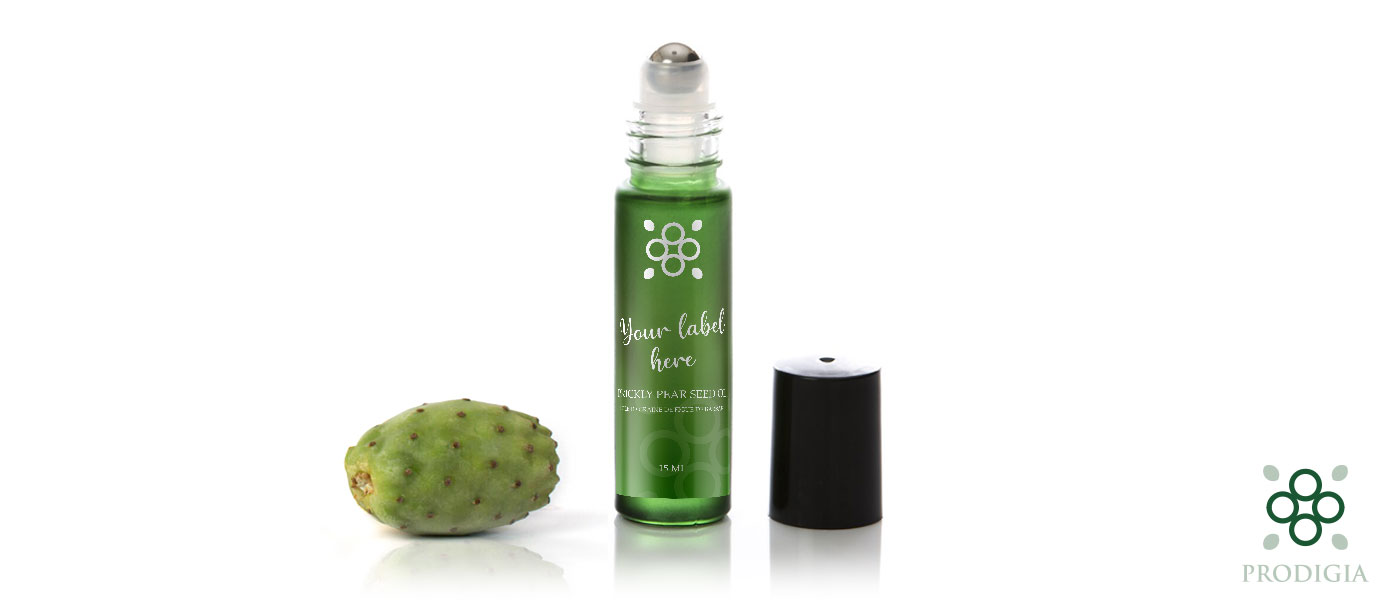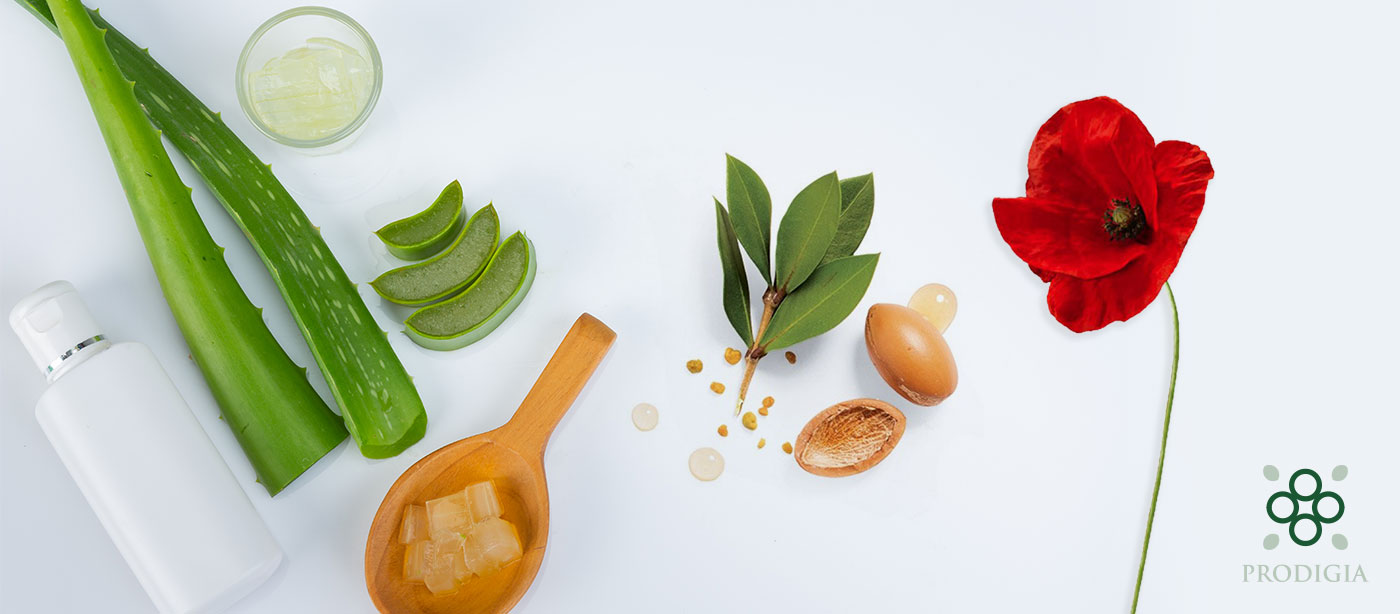In a field as competitive as natural cosmetics, and with increasingly knowledgeable customers, the “claims” or statements displayed on your product labels should attract potential customers while being accurate, non-deceptive, and relevant. What do we mean by “claims”? How can they be decoded and formulated correctly? And what regulations govern them? The answers to all your questions are in this article:
1. What are "claims"?
According to the guidelines for substantiating cosmetic product claims by Cosmetics Europe, the terms “claims” or “product claims” refer to “texts, names, trademarks, images, or other figurative signs” used for the labeling, marketing, and advertising of cosmetic products.
“Claims” play a crucial role in communicating the benefits of cosmetic products. They allow manufacturers to highlight specific features of their products and convince consumers that using these products will bring them positive results. “Claims” are usually formulated in an attractive and persuasive manner to generate interest among consumers and encourage them to make a purchase.
Here are some common examples of “claims” found in the cosmetic industry:
Benefit claims:
- Anti-aging: These products are presented as having the ability to reduce signs of aging, such as wrinkles, fine lines, and loss of skin elasticity.
- Hydrating: Hydrating products claim to provide intense and long-lasting hydration to maintain soft, smooth, and supple skin.
- Brightening: These products claim to lighten or even out the skin tone, reduce dark spots or imperfections, and give a brighter complexion.
“Free from” claims: They allow for an informed decision for a specific target group or groups of end users. They must be precise, non-deceptive, and relevant. They should not involve an ingredient already prohibited by regulations or an ingredient that is not necessary for the product’s formulation:
- Paraben-free: This claim indicates that the product does not contain parabens, which are chemical preservatives often associated with health concerns.
- Fragrance-free: Fragrance-free products are formulated without the addition of synthetic fragrances, making them suitable for sensitive or reactive skin.
- Allergen-free: These products are designed to minimize the risks of allergic reactions and are formulated without ingredients known to cause skin allergies.
There are others, such as “acetone-free” in nail polish for users wishing to avoid its particular odor, or the claim “free of animal-derived ingredients” in products intended for vegans.
2. How to decode "claims"?
First and foremost, it is crucial to carefully read labels and product descriptions to be able to detect claims and then decode them. It is also important to formulate them correctly when designing product labels and packaging.
Here are some commonly used “claims”:
- “Clinically tested”: This generally means that the product has been subjected to laboratory tests or tests on human volunteers, but it does not necessarily guarantee positive results.
- “Visible results”: This implies that the results will be visible to the naked eye, but it can vary from person to person.
- “Advanced formula”: This term suggests that the product uses an innovative formulation, but it does not provide specific indications of the actual benefits of the product.
How to present “claims” in an authentic and convincing manner? To gain consumer trust, it is essential to present your claims honestly and transparently. Highlight your natural ingredients and their benefits: emphasize the natural ingredients you use and explain how they contribute to the benefits of your products. Use precise descriptions to communicate the effectiveness of these ingredients and rely on scientific evidence such as clinical studies or independent research. This will enhance the credibility of your claims and reassure your customers. Lastly, avoid exaggerated terms such as “miraculous” or “instant results” and instead use realistic and factual terms to describe the benefits of your products.
3. Regulations on "claims" in cosmetics
Regulations on “claims” in the cosmetic industry are essential to protect consumers from misleading or false claims. Here are some important international control organizations and regulations in this field:
- Food and Drug Administration (FDA): The FDA is the regulatory body in the United States responsible for overseeing cosmetic products. Although the FDA does not require pre-market approval for cosmetic products, it monitors claims to ensure they are truthful and do not deceive consumers.
- European Food Safety Authority (EFSA): EFSA is the regulatory body of the European Union responsible for the safety assessment of food products and food supplements. When cosmetic products contain ingredients that are also used in food, such as vitamins and minerals, EFSA can evaluate claims related to these ingredients.
- European Regulation (EC) No. 1223/2009: This regulation governs the marketing of cosmetic products in the European Union. It establishes specific requirements for cosmetic claims, including truthfulness, accuracy, evidence, and compliance with good practices.
The regulations impose guidelines and limitations on cosmetic claims to prevent deceptive practices. Here are some of them:
- Truthfulness and scientific substantiation: Claims must be truthful and supported by appropriate scientific evidence.
- Non-medicalization of cosmetic products: Claims must not claim to cure diseases or treat medical conditions.
- Avoidance of deception: Claims must not mislead consumers. They should not exaggerate the effects of products or create unrealistic expectations.
Avoid falling into the trap of “misleading advertising“! This expression refers to “any advertising that, in any way, including its presentation, misleads or is likely to mislead the persons to whom it is addressed or whom it reaches and which, due to its misleading nature, is likely to affect their economic behavior or, for these reasons, harm or is likely to harm a competitor.”
At Prodigia, our formulas are composed of at least 95% natural ingredients and are developed in accordance with Cosmos standards.
Need advice? Contact Prodigia!

